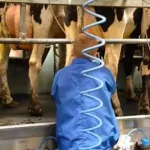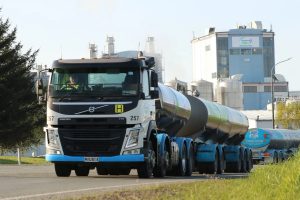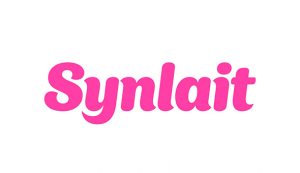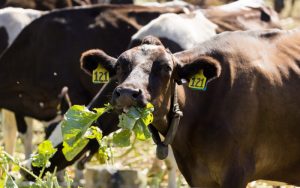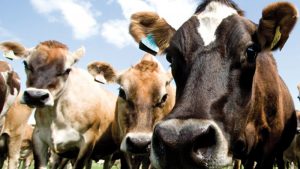
They are not alone – in one 150m stretch of water 374 fish, including 75 long fin eel, kōura and giant kōkopu were found during a recent count by Otago University students.
“It’s quite staggering, it’s quite cool,’’ Mathieson said.
“We’ve now established a baseline for improvement and it’s good to see that some of the on-farm changes we’ve made are making a difference.’’
Environmentally-focused work by community members in the area, including dairy farmers, has contributed to increasing numbers of endangered whitebait and kanakana.
Lamprey are a threatened, nationally vulnerable species because of migration barriers, loss of habitat and poor water quality, the Department of Conservation website says.
The same issues mean four of the five species of whitebait are also classified as endangered.
Mathieson and his family milk 820 cows at Pourakino, where a tributary of the Aparima River flows through his farm.
He has de-intensified down from 900 cows and has moved to a grass wintering system, so he is not growing brassica crops for the stock to feed on over winter.
There is native bush and forestry on the 560ha farm.
Environment Southland have installed fish passages under road culverts as part of its Fish passage Remediation Project so fish could move freely through waterways.
The regional council was awarded $385,000 from the Government’s Jobs for Nature – Mahi mō te Taiao programme in 2020 to identify, prioritise and remediate fish barriers in Southland’s rivers and streams.
The project has a target of restoring fish passage by removing 250 barriers in streams and tributaries across the region by mid-2025
It aims to retrofit fish ladders, baffles, spat rope to culverts, or use rocks and pools to raise water levels, to remove in-stream barriers to restore fish passage and increase the sustainability of indigenous fish populations.
Mathieson believes it has contributed to the health of the waterways and the species that live in them.
“We haven’t had the water tested yet but from a visual perspective, the phytoplankton is all gone, we just don’t see that any more.’’
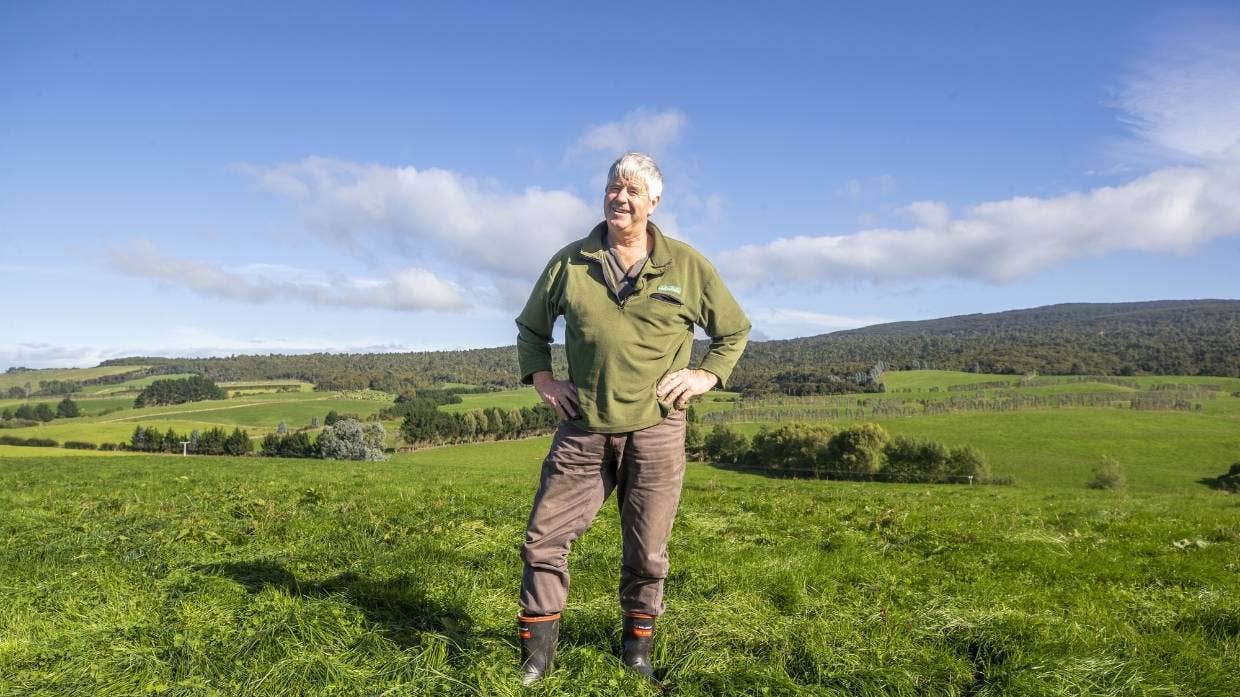
Ewan Mathieson at his Pourakino farm, where he has moved to a grass-based winter dairying system.
“We’ve got four grandchildren on the farm and I believe our achievements now will benefit them in the future.’’
Mathieson is a member of the Dairy Environment Leader programme, which is a network created by DairyNZ about 10 years ago to support farmers in reducing their environmental footprint.
He is also a member of the Aparima Catchment Environment Project, where 600 dairy, sheep and beef farmers work together with land managers, advisors and scientists to implement and track environmental actions across a range of farms and land uses.
The project is led by farmers and supported by DairyNZ, Beef + Lamb New Zealand, Environment Southland, Thriving Southland, Fonterra and Open Country Dairy.
He is also a board member of Thriving Southland, which supports Southland’s catchment groups to understand challenges and opportunities in their catchments and create solutions.
“We’ve got 3500 farmers involved in the catchment process across Southland, all working to improve their waterways and engage in change,’’ he said.

